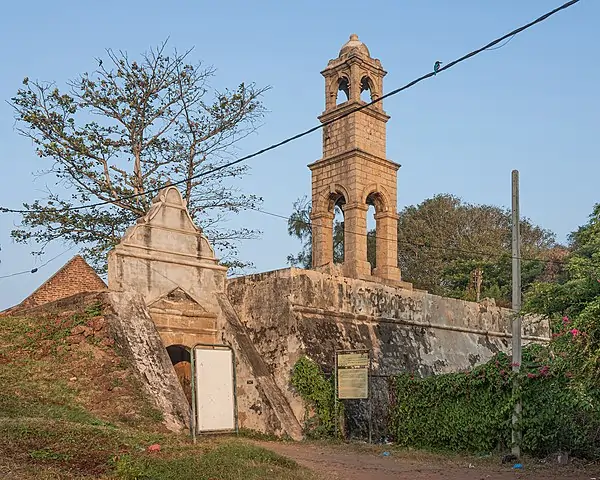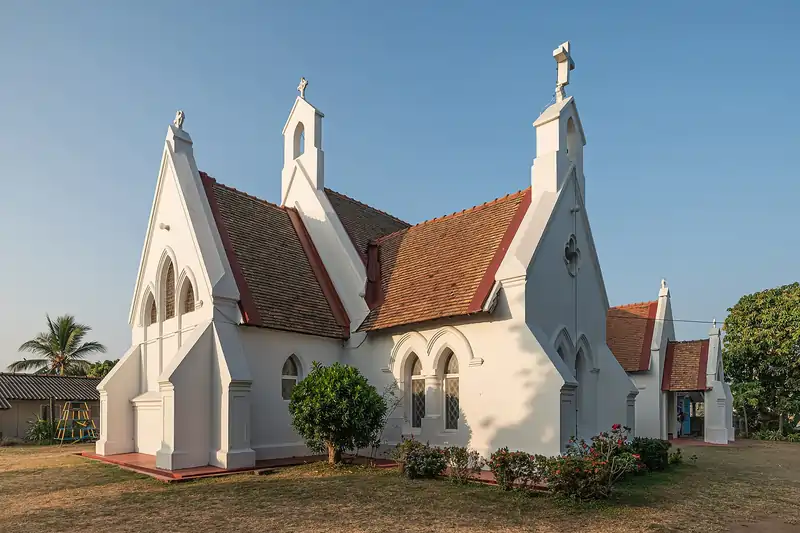Colonial buildings in Negombo

The Negombo Fort
Negombo was a small but important fort in Negombo, Sri Lanka, about 30 kilometers north of Colombo, that was built by the Portuguese to defend Colombo. In its time the fort at Negombo was probably the next in strategic importance after Colombo, Jaffna and Galle. The original Portuguese fort was a weak structure, and was captured by Dutch forces commanded by Philip Lucasz, in February 1640. The Portuguese retook the fort in December 1643. They then strengthened the fortifications and managed to defend the fort until it was recaptured by the Dutch under the command of François Caron, in January 1644.
The original bastions were destroyed by the Dutch cannons during the siege of the fort. The Dutch subsequently rebuilt it in 1672 however not on the usual square pattern, but on a pentagonal one, though it had only four bulwarks, the fifth was never constructed (possibly due to the cost). The fort was located on a narrow strip of land between the Negombo Lagoon and an inlet of the sea. In February 1796 it was occupied by the British without opposition. Later the British authorities decided to demolish the fort and build a prison in its place, constructed from the stones of the fort. Nowadays all that remains is a section of the eastern rampart with mounds at its Northern and Southern ends, where the previous bastions existed, and an arched gateway. Above the gateway is a slab of granite, with the date 1678 inscribed, surmounted by a high decorative gable. It is still used as a prison
St. Stephen's Church


